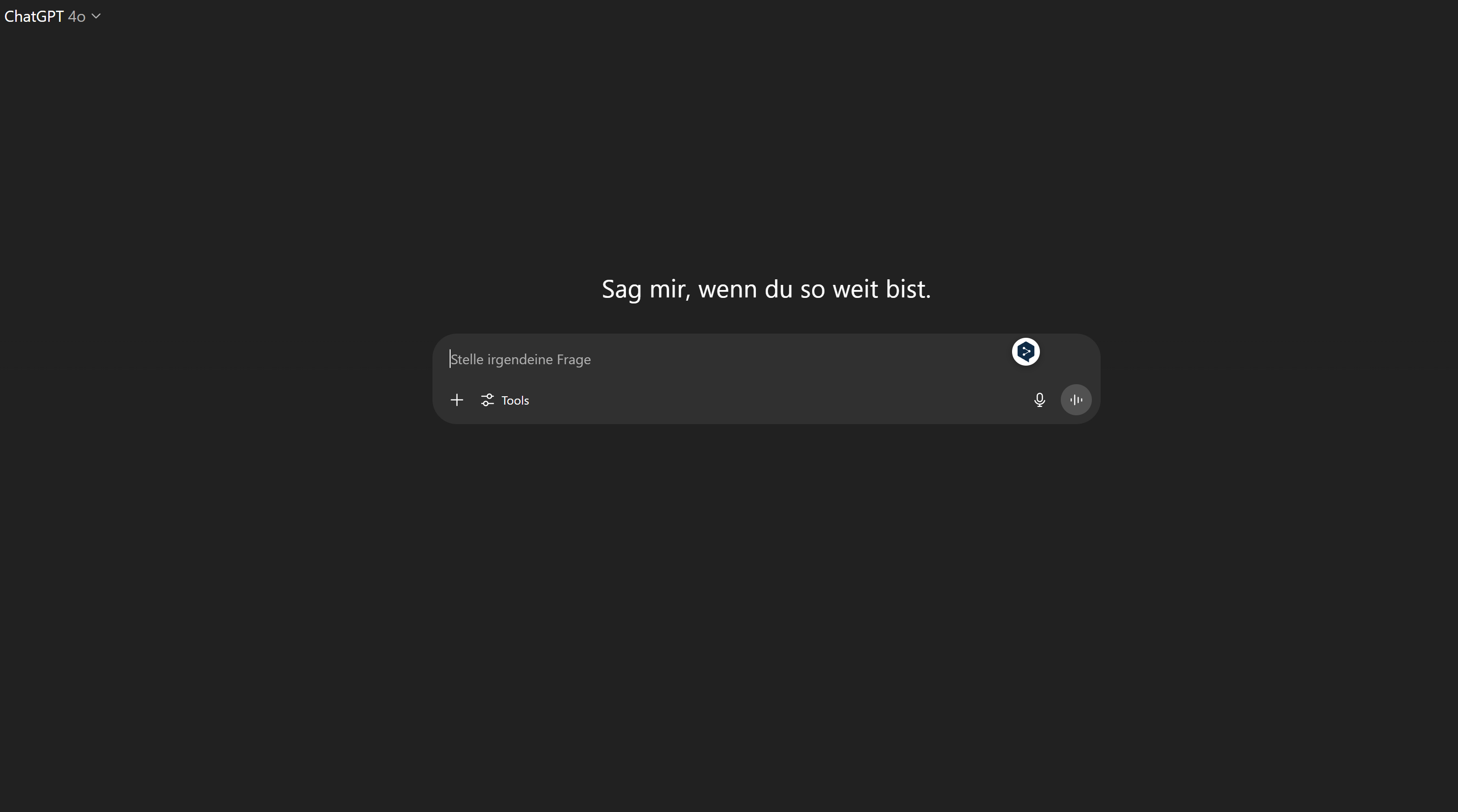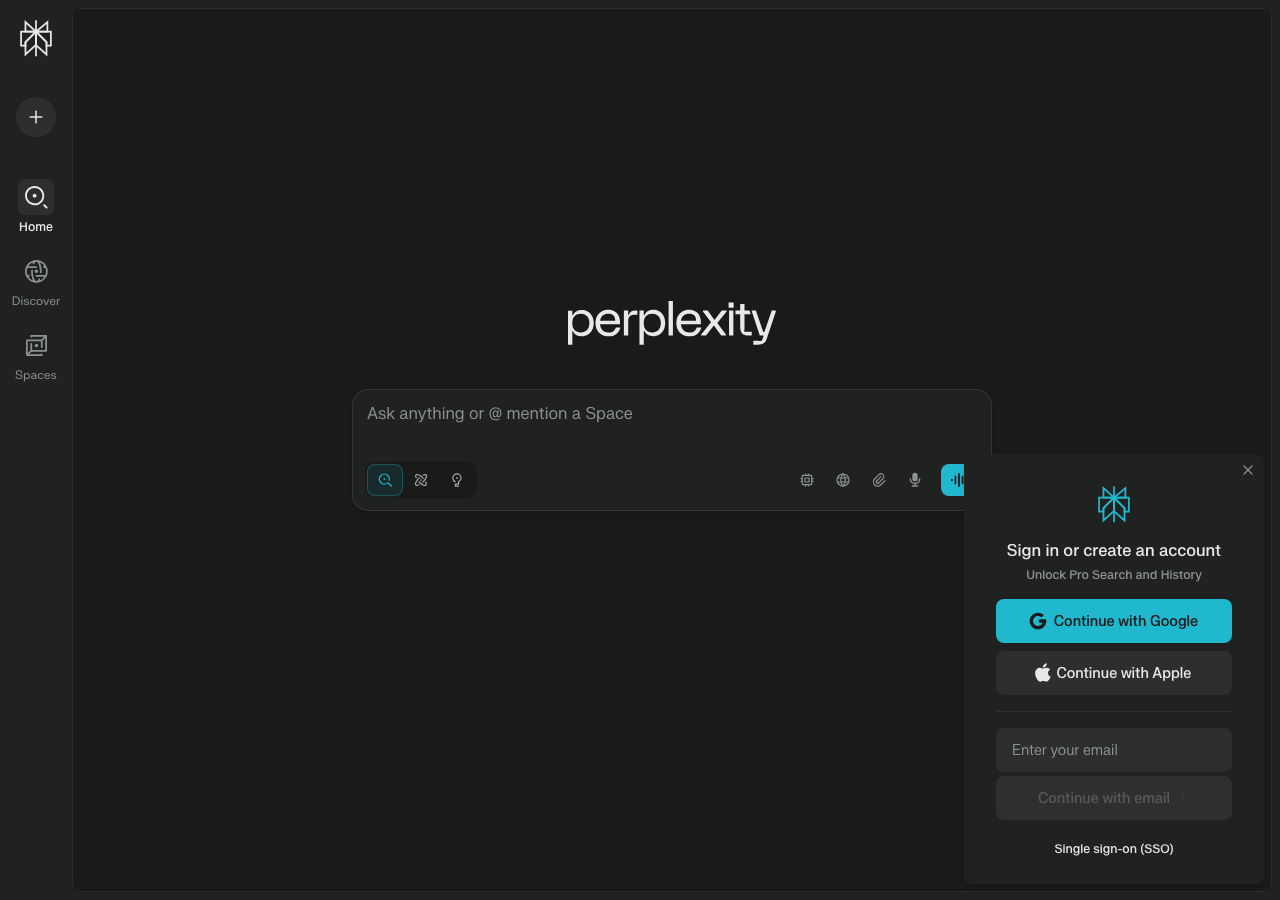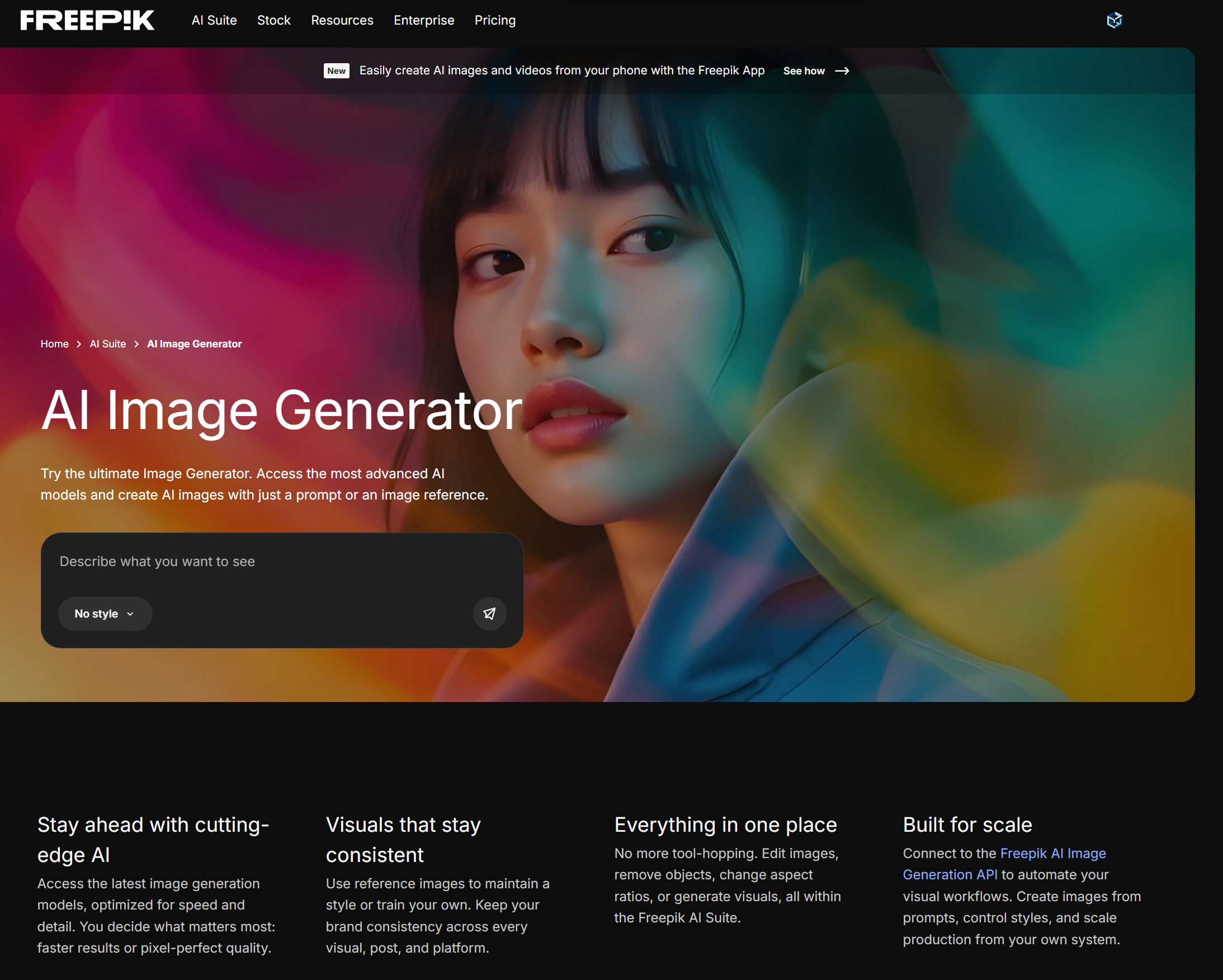Designing the Future: A Comprehensive Guide to LLM System Architecture and Model Selection

It's no longer sufficient to just have a fancy LLM; the real magic lies in how you architect the system around it.
The Architect's Blueprint: Mastering LLM System Design
Thinking of LLMs as individual models is so last decade; welcome to system-centric AI.
Why? Because the true power of ChatGPT, for example, or any large language model (LLM) is unlocked through thoughtful system design. LLM system design best practices are now critical for successful deployment.
Why System Design Matters
"Give me six hours to chop down a tree and I will spend the first four sharpening the axe." – Abraham Lincoln (adapted for AI).
Think of system design as sharpening the axe; it's the upfront work that dramatically impacts the final result. Without it, you're just swinging wildly at the problem.
Key Components of an LLM System
A well-designed LLM system isn't just the model itself, but a carefully orchestrated ecosystem:
- Data Pipeline: Clean, relevant data is fuel. Consider integrating tools like Browse AI to extract real-time data to augment your LLM.
- Model Serving: Efficiently deploy and scale your model; speed matters.
- Monitoring: Track performance and identify areas for improvement. No one wants a chatbot that goes rogue after hours.
- Feedback Loops: Continuously refine your system based on user interactions and data.
From Monoliths to Modules
The evolution of AI architecture is shifting. The age of gigantic, monolithic models is waning, giving way to modular, scalable systems. This means:
- Specialized models: Smaller, more focused models for specific tasks.
- Orchestration: Tools to manage the flow of information between different models.
- Flexibility: Easier to adapt and update individual components without overhauling the entire system.
Cracking the code to choosing the right LLM is like finding the perfect wavelength on your radio – crucial for clear reception.
Decoding the LLM Landscape: A Guide to Model Selection

Navigating the ever-expanding world of Large Language Models (LLMs) can feel like traversing a digital labyrinth. Let’s demystify some popular contenders:
- GPT (Generative Pre-trained Transformer): Known for its general-purpose capabilities, ChatGPT excels at conversational AI. However, it can be computationally expensive. ChatGPT is a versatile chatbot by OpenAI, known for its ability to engage in human-like conversations and generate creative content.
- Llama: Facebook (Meta) developed Llama as open-source LLM; Llama’s accessibility and customizability are its core strengths, even if it doesn't match proprietary models in raw power. It is designed to enable researchers and developers to study and adapt language models for various applications.
- Bard (Gemini): Google's answer to ChatGPT, focusing on real-time information access and creative text formats, aiming for greater accuracy. The model can generate different creative text formats of text, like poems, code, scripts, musical pieces, email, letters, etc.
Key Selection Factors: It's Not Just About Size
Choosing the best LLM for specific tasks goes beyond mere computational power. Think of it like choosing a vehicle – a truck isn't always better than a sports car, it depends on the job.
Performance: Raw speed, accuracy, and output quality are critical, but test with your* data.
- Budget: Cloud costs and licensing fees can drastically impact total cost of ownership. Free doesn’t always mean affordable.
- Data Availability: Model performance is heavily tied to the quality and quantity of data it was trained on.
- Ethical Considerations: Ensure the model aligns with your values and mitigates bias risks.
Open Source vs. Proprietary: Freedom vs. Control

Open-source models offer unparalleled customization and transparency, while proprietary models often boast state-of-the-art performance and dedicated support. However, the benefits of open source include community support and greater control over the model.
| Feature | Open Source | Proprietary |
|---|---|---|
| Cost | Generally lower | Potentially higher |
| Customization | High | Limited |
| Transparency | Full access to code | Black box approach |
| Support | Community-driven | Vendor-provided |
| Licensing & Usage Rights | Complex, diverse licenses | Simpler, but restrictive contracts |
Navigating Licensing and Usage Rights
Don't let legal jargon trip you up; understand the fine print, particularly concerning commercial use and data privacy. Model licensing often dictates what you can legally do. It's easy to violate.
Choosing the right LLM is a strategic decision, so carefully weigh these factors and remember, the optimal choice is context-dependent. Now, go forth and engineer brilliance!
Designing the Future: A Comprehensive Guide to LLM System Architecture and Model Selection
Building the Foundation: Infrastructure Considerations for LLMs
LLMs aren't just code; they demand a robust foundation. Let's dive into the infrastructure essentials.
Hardware: Powering the Giant Brain
Choosing between GPUs and CPUs is the first hurdle. GPUs, with their parallel processing prowess, are the champions for training and inference, especially for large models.
- GPU vs. CPU: Think of CPUs as versatile Swiss Army knives, great for general tasks, while GPUs are specialized power drills, excelling at the number-crunching needed by LLMs.
- Memory & Storage: High-bandwidth memory (HBM) is your friend. LLMs need space to breathe, both in RAM and for persistent storage. Consider NVMe SSDs for rapid data access.
Cloud vs. On-Premise: Where Does Your LLM Live?
Deploying in the cloud offers scalability and managed services, while on-premise gives you maximum control. Cost is another crucial factor; using an AI Pricing Calculator can help you anticipate and manage expenses associated with LLM infrastructure.
- Cloud Advantages: Scalability, pay-as-you-go pricing, managed services (like Pinecone for vector databases).
- On-Premise Benefits: Control, data sovereignty, potentially lower costs long-term (if you can amortize the initial investment).
- Trade-offs: Cloud requires careful cost management; on-premise demands in-house expertise.
Scaling for Success: Handling the Load
As your LLM's usage grows, you'll need to scale your infrastructure. Horizontal scaling (adding more machines) is generally more flexible than vertical scaling (upgrading existing machines). Load balancing and autoscaling are crucial for maintaining performance.
- Horizontal Scaling: Distribute the load across multiple servers.
- Vertical Scaling: Upgrade individual servers (more RAM, faster CPUs/GPUs).
- Load Balancing: Ensure traffic is evenly distributed across your servers.
- Autoscaling: Automatically adjust resources based on demand.
Containerization and Orchestration
Containerization and orchestration with Docker and Kubernetes for LLMs simplifies deployment, scaling, and management. Docker packages your LLM and its dependencies into a portable container, while Kubernetes automates container deployment and management, enabling efficient resource utilization and scaling. This approach offers consistency across environments, streamlines updates, and supports high availability, reducing operational overhead and improving overall LLM performance.
Building a solid LLM foundation means thinking critically about hardware, deployment models, and scaling strategies, all while keeping an eye on that bottom line for LLM infrastructure cost optimization. Choose wisely, and your LLM will thrive. Next up, we'll discuss optimizing for the edge.
Data is the new oil, or perhaps, the new electricity powering our Large Language Models (LLMs).
Data Collection & Preprocessing
LLMs are only as good as the data they're trained on, right? Think of it like feeding a finely tuned engine – you wouldn't use just any fuel. Key techniques include:
- Web Scraping: Automated extraction of data from websites. Tools like Browse AI helps automate data extraction processes with AI.
- API Integration: Accessing structured data through APIs. This allows for clean and reliable data ingestion, provided there are APIs available for the information.
- Text Cleaning: Removing irrelevant characters, formatting inconsistencies, and handling missing data. This step is crucial for ensuring data quality and consistency, and it may be automated with code assistance AI tools.
Data Augmentation & Synthetic Data
Running low on real data? No worries – let's synthesize some. Data augmentation involves techniques like:
- Back Translation: Translating text to another language and back to generate variations.
- Synonym Replacement: Using thesauruses to replace words with synonyms to create diverse examples.
- Generative Models: Employing AI models to create entirely new, synthetic data samples that resemble real data.
Data Versioning & Lineage Tracking
Imagine a vast library where every change, every edit, is meticulously documented. That’s data versioning. Tools like Weights & Biases help track data lineage, which is a must for LLM data pipeline architecture, so that you can:
- Reproduce Experiments: Easily recreate previous models trained on specific data versions.
- Debug Issues: Trace back data-related bugs to their origin.
- Ensure Compliance: Meet regulatory requirements for data governance.
Handling Bias and Ensuring Fairness
LLMs can inadvertently perpetuate and amplify biases present in their training data. This is why tackling bias in LLM training data is paramount. This includes careful data selection, bias detection methods, and mitigation techniques like re-weighting or adversarial training. Consider using AI tools specifically designed for fair and unbiased analysis.
In conclusion, constructing robust data pipelines is fundamental for developing high-quality and ethical LLMs. It’s a continuous process of collecting, cleaning, augmenting, versioning, and vigilantly addressing bias. Up next, we explore the architectural blueprint of these fascinating systems.
The sheer size of modern LLMs demands clever engineering to keep them running smoothly.
Quantization, Pruning, and Distillation: Model Compression Techniques
These methods are like giving your LLM a spa day and a trim, making it lighter and faster:- Quantization: Reduces the precision of the model's weights, imagine swapping out a high-resolution image for a slightly lower-res version; the visual impact is minimal, but the file size is significantly smaller. For example, going from 32-bit to 8-bit representation.
- Pruning: Eliminates less important connections in the neural network. It's like trimming a bonsai tree – shaping it for optimal performance.
- Distillation: Transfers knowledge from a large, complex model to a smaller, more efficient one. Think of it as a master chef teaching their best recipes to an apprentice.
Efficient Inference Techniques: TensorRT, ONNX Runtime
These are software tools that optimize how LLMs perform computations, leading to faster results. TensorRT, for example, is designed for NVIDIA GPUs, while ONNX Runtime supports various hardware platforms. AnythingLLM is an open-source application leveraging these kinds of tools to give you a private AI workspace.Hardware Acceleration for LLMs
Think of this as giving your LLM a souped-up engine.Just as a sports car benefits from a powerful engine, LLMs can achieve peak performance with specialized hardware like GPUs, TPUs, or even custom ASICs.
- GPUs are great for parallel processing.
- TPUs (Tensor Processing Units) are custom-designed by Google for machine learning tasks.
- ASICs (Application-Specific Integrated Circuits) are custom chips tailored to the specific needs of LLM inference.
Monitoring LLM Performance and Identifying Bottlenecks
Regular monitoring is crucial to identify areas for improvement and fine-tune LLM inference optimization techniques. Tools like Tensorboard or custom dashboards help track metrics like latency, throughput, and resource utilization. Weights is an alternative tool used for tracking, visualizing, and collaborating on machine learning experiments.These optimization techniques are vital for making LLMs accessible and practical for real-world applications.
LLMs are revolutionizing accessibility, but only if we can effectively serve and deploy them.
API Design: The Front Door to Your LLM
Crafting a robust API is key. Think of it like designing the perfect interface for your LLM, allowing other applications and services to easily interact with it.
- Clear Input/Output: Define expected input formats (text, JSON) and consistent output structures.
- Rate Limiting: Essential for preventing abuse and ensuring fair usage.
- Authentication: Implement secure authentication mechanisms to protect your LLM from unauthorized access. You might even integrate specialized AI tools for privacy-conscious users for enhanced security.
Load Balancing and Request Routing: Keeping the Lights On
As demand grows, scalable LLM deployment strategies become paramount. Load balancing distributes incoming requests across multiple instances of your LLM, preventing overload and ensuring responsiveness.
Think of it like directing traffic across multiple lanes of a highway, ensuring smooth flow even during rush hour.
- Round Robin: Simplest method, distributing requests sequentially.
- Least Connections: Routes requests to the server with the fewest active connections.
- Content-Based Routing: Directs requests based on the content of the request itself, useful for specialized models.
Monitoring, Logging, and Security
Keep a close eye on your LLM's performance with comprehensive monitoring and logging.
- Usage Patterns: Track request volumes, response times, and common queries to identify bottlenecks and optimize performance.
- Error Rates: Monitor error rates to detect issues with your model or infrastructure.
- Security Measures: Regularly audit your conversational AI deployments and update security protocols.
Large language models are more than just clever chatbots; to truly harness their power, we need to rigorously evaluate LLM performance metrics.
Evaluation Metrics: Quantifying LLM Success
So, you've trained a fancy new LLM. How do you know if it’s any good? Well, that's where evaluation metrics swoop in to save the day. These metrics offer a way to numerically represent the performance of your model, giving you insights on how well it truly performs.
Common Metrics & Benchmarks
- Perplexity: Measures how well a language model predicts a sample of text; Lower is better.
- BLEU & ROUGE: Commonly used in translation and summarization tasks. BLEU focuses on precision (how much of the generated text appears in the reference), while ROUGE centers on recall (how much of the reference text is in the generated text).
- Human Evaluation: The gold standard, but time-consuming. Enlist human evaluators to assess the quality of LLM-generated content (coherence, relevance, accuracy).
Interpreting and Improving
Numbers alone won't cut it; context is key. A low BLEU score doesn't automatically mean your translation model is bad. It could mean the style is different from the reference translation. Consider both quantitative and qualitative data to identify areas for improvement. Understanding the data that the model is trained on and the goals for how the model will be used will help you develop custom evaluation metrics. AnythingLLM can be helpful to refine your LLM applications.
Ultimately, evaluating LLM performance metrics is about understanding the strengths and weaknesses of your model. By choosing the right metrics and interpreting them carefully, you can fine-tune your LLM to reach its full potential.
Here's how LLMs are poised to reshape our world.
The Future of LLM Systems: Trends and Predictions
It's an exciting time to witness the evolution of language models. We are rapidly approaching a point where interactions with ChatGPT, and similar models, become indistinguishable from human conversations. ChatGPT is a sophisticated AI chatbot capable of generating human-like text, translate languages, and answer your questions in an informative way.
Emerging Architectures and Designs
- Modularity is Key: Expect to see LLMs breaking down into specialized modules. Think of it like a brain with distinct areas for reasoning, memory, and perception.
- Beyond Transformers: While the transformer architecture reigns supreme now, researchers are exploring alternatives, like state-space models, promising greater efficiency and longer context windows.
- Integration with Knowledge Graphs: Combining LLMs with structured knowledge from graphs will boost accuracy and reduce hallucinations.
LLMs Across Industries
LLMs are not just toys for chatbots; they're transforming entire sectors:
- Healthcare: Imagine AI diagnosing diseases from patient records or accelerating drug discovery.
- Finance: LLMs can detect fraud, analyze market trends, and even provide personalized financial advice.
- Education: From personalized tutoring to automated grading, LLMs are poised to revolutionize how we learn.
Ethical Considerations and Responsible AI
“With great power comes great responsibility.” - Uncle Ben (and Voltaire, probably)
Developing LLMs responsibly is critical:
- Bias Mitigation: We must address biases ingrained in training data to ensure fair and equitable outcomes.
- Job Displacement: The impact of LLMs on society and the workforce needs careful consideration. Training and adaptation are key.
Keywords
LLM system design, LLM architecture, Large language model selection, AI model deployment, LLM infrastructure, Generative AI system design, Model evaluation metrics, LLM performance optimization, Cost-effective LLM solutions, Scalable LLM design
Hashtags
#LLMSystemDesign #ModelSelection #AISystemArchitecture #GenerativeAI #DeepLearning
Recommended AI tools

The AI assistant for conversation, creativity, and productivity

Create vivid, realistic videos from text—AI-powered storytelling with Sora.

Your all-in-one Google AI for creativity, reasoning, and productivity

Accurate answers, powered by AI.

Revolutionizing AI with open, advanced language models and enterprise solutions.

Create AI-powered visuals from any prompt or reference—fast, reliable, and ready for your brand.


